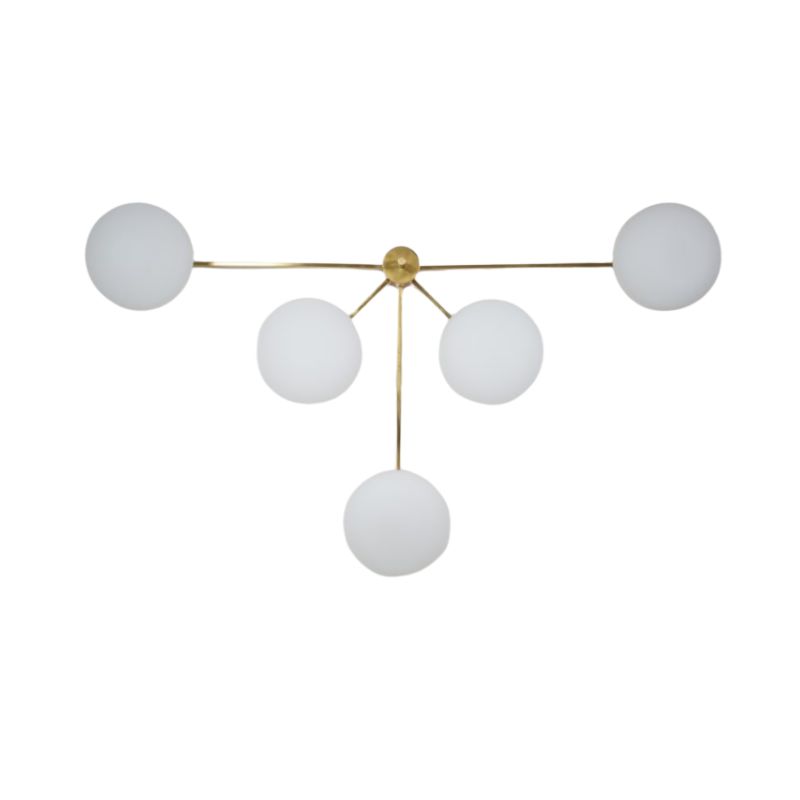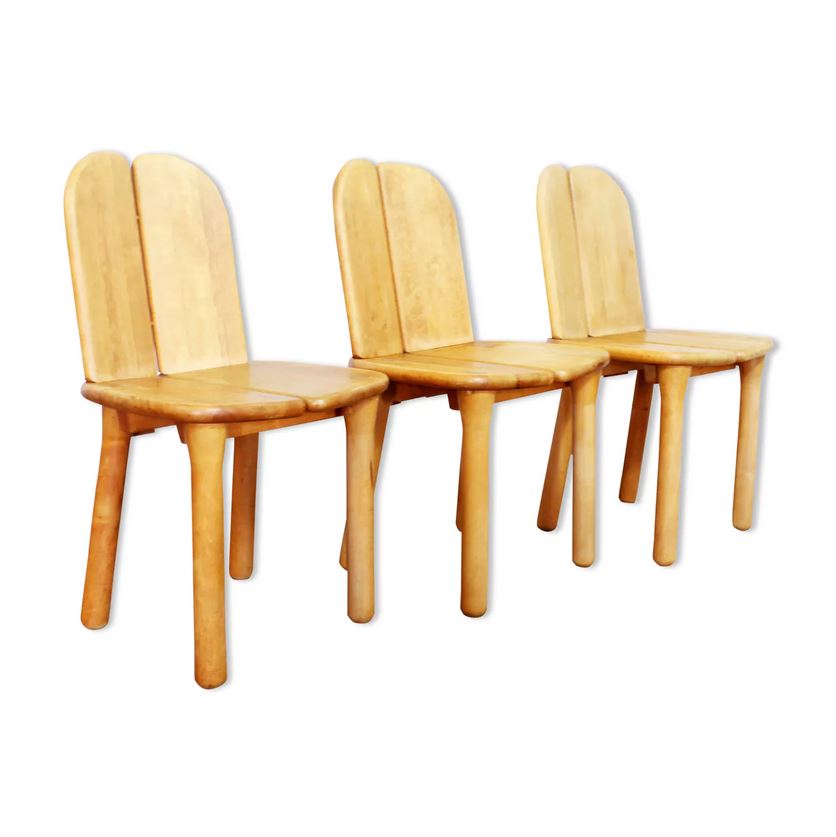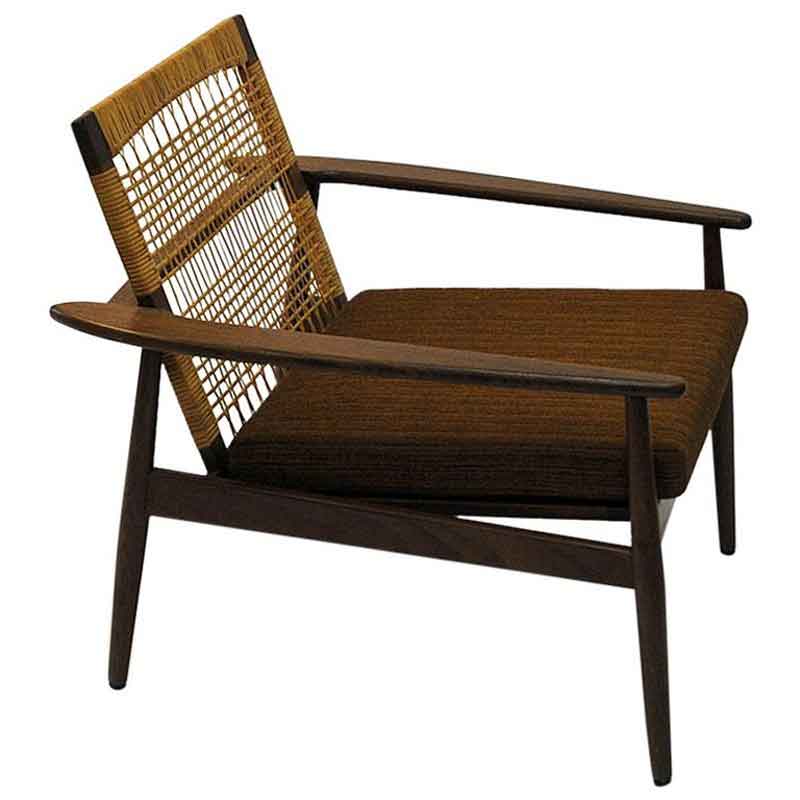Has anybody seen loose leg joints on Niels O. Möller chairs of type 77, 78,79, 82? Tthese are the kind of dining chairs that don't have cross members between the legs. Has anyone ever fixed one of these Möllers?I have not seen that many. But none I have seen wobbled or had loose joints. I think there is some extraordinary carpentry there and want to understand it.
Leif,
You said TWO interesting thing. Did Hovmand design for Möller? If so that is news to me.
Second, Yes, I would appreciate,some kind of description.
I started to get curious about this when I was redoing a chair. The use of material let the designer do something unique and rather pretty. I started to think a bit about how limitations or advantages in construction and material constrain or free the designer to do things.
It struck me that these Möllers are audacious. You have to be to stick these long, slender legs onto the seat. In effect, you are attaching a long lever to a small area and asking somebody to play with it. The Möller design gives the chair a different kind of elegance but takes risks.I am curious how they hedged their bets.
The Hovmand Olsen business has been discussed here a fair bit. For the first decade or so of its existence Møller credited the design of 71 and 55 to Arne Hovmand Olsen in their catalogs and advertisements.
Then the design credit changed to N.O. Møller. It is not known why or what precisely this change represents, but the evidence strongly indicates that Arne Hovmand Olsen is-by any normal definition-the designer.
Also, per their mid 50s catalog, other designers worked for Møller. Hans Olsen for one, if memory serves.
I will give more detail on the construction in the morning. There is an interlocking tenon involved. And in the earlier models, there is also a cross bracing screw. HOWEVER, my experience is that they are not perfect. I have 10 55s and 71s, some later some earlier. The later ones all have wobbly joints the earlier one maybe 30% had wobbly joints.
You might also say that this is a pretty impressive result after this much time, even if they are not all rock solid.
Ok, construction details:
The stretchers interlock. I can't remember from disassembly whether it is the side stretchers that are locked in or the front & rear. It would make better structural sense if the side stretchers were locked in, but I think it is the front & rear.
The locking is accomplished by cutting a tenon on one stretcher. This is inserted into the leg first. Then the perpendicular stretcher is prepared with pegs, and inserted into holes that are drilled into the leg _and through_ the tenon, locking the tenon into place.
The older chairs also have a long steel wood screw inserted diagonally through the side stretcher, clipping the edge of the leg and into the perpendicular stretcher. On my set of older chairs, tightening this screw remedied the wobbly joints. (Of course a complete disassembly and re-glue would be ideal, but when the original cord is perfect, I prefer not to remove it).
My newer chairs (early 70s) all have wobbly joints as though someone was leaning in them. And lacking the steel screw, there is no way to tighten the joint short of regluing and re-cording.
If you need any help, please contact us at – info@designaddict.com









